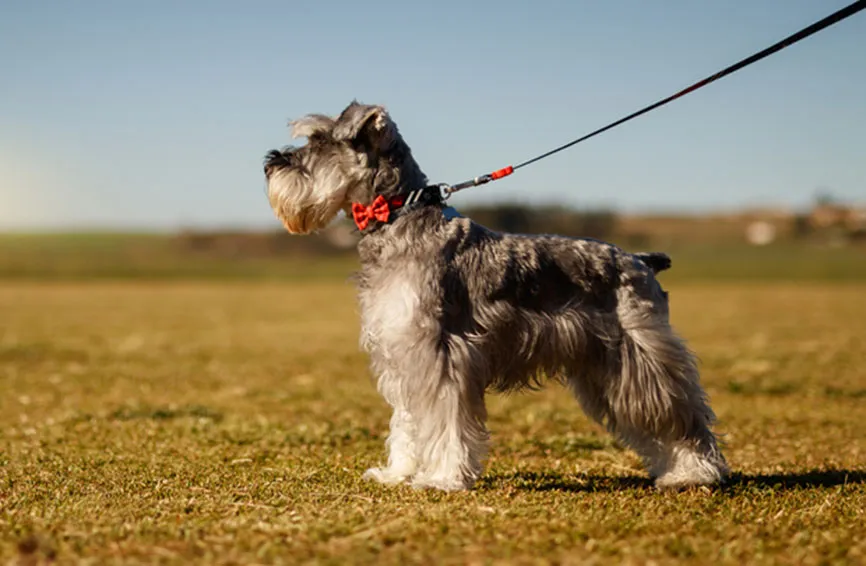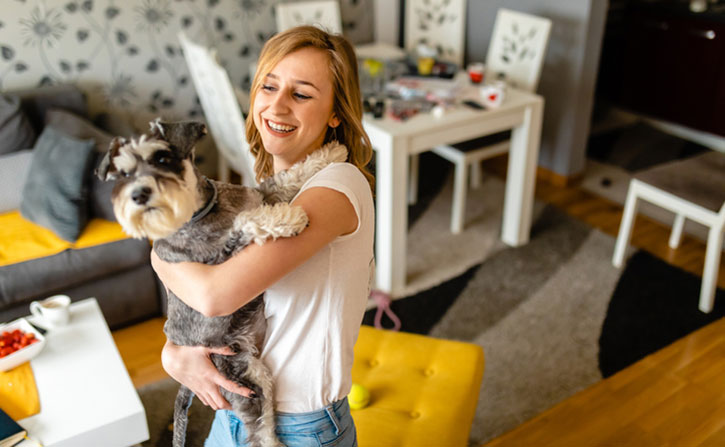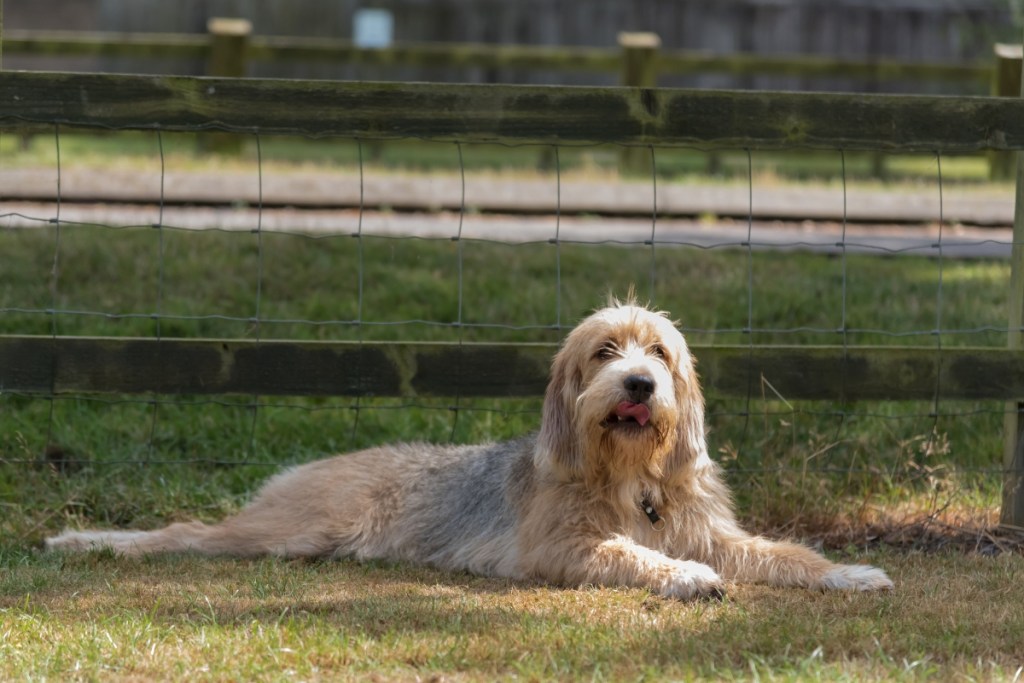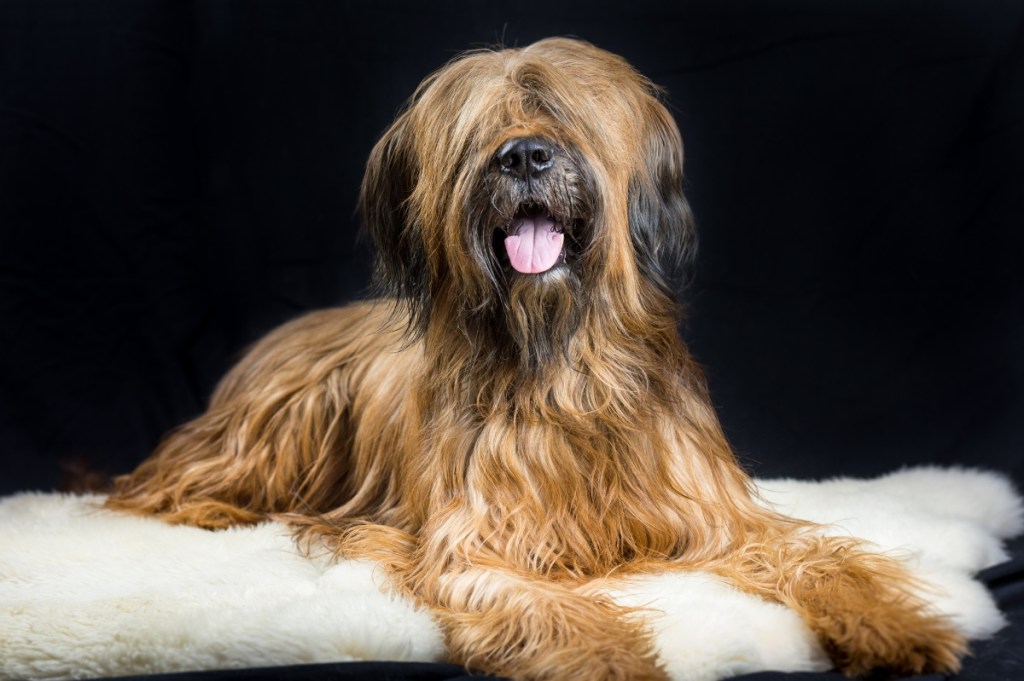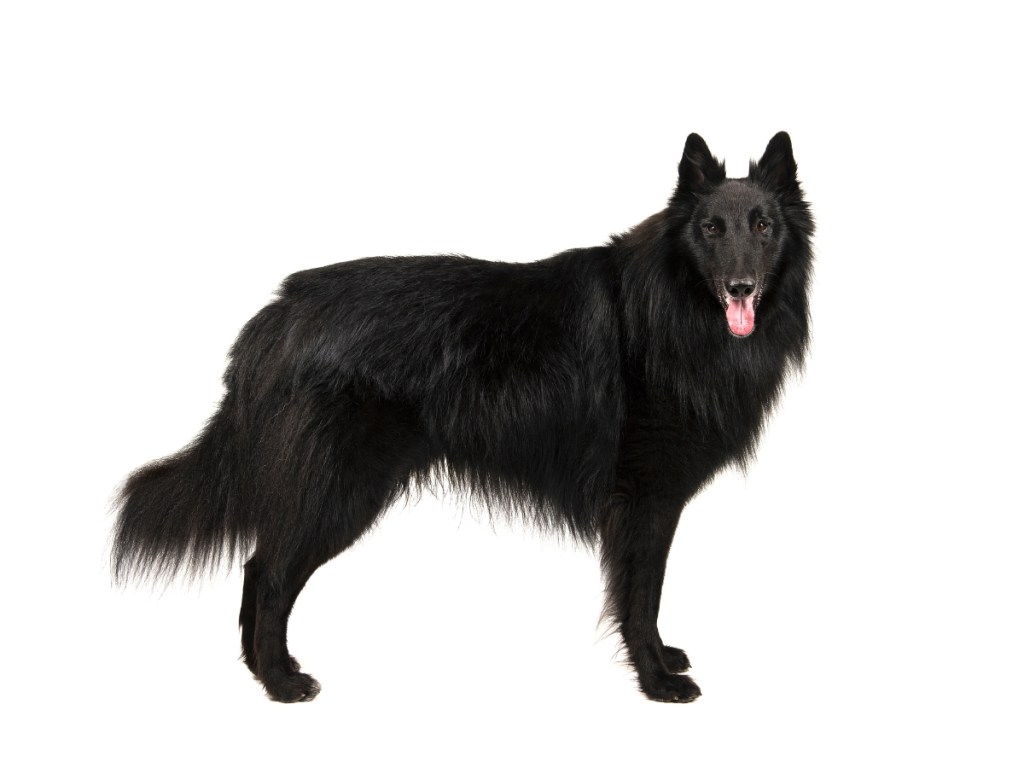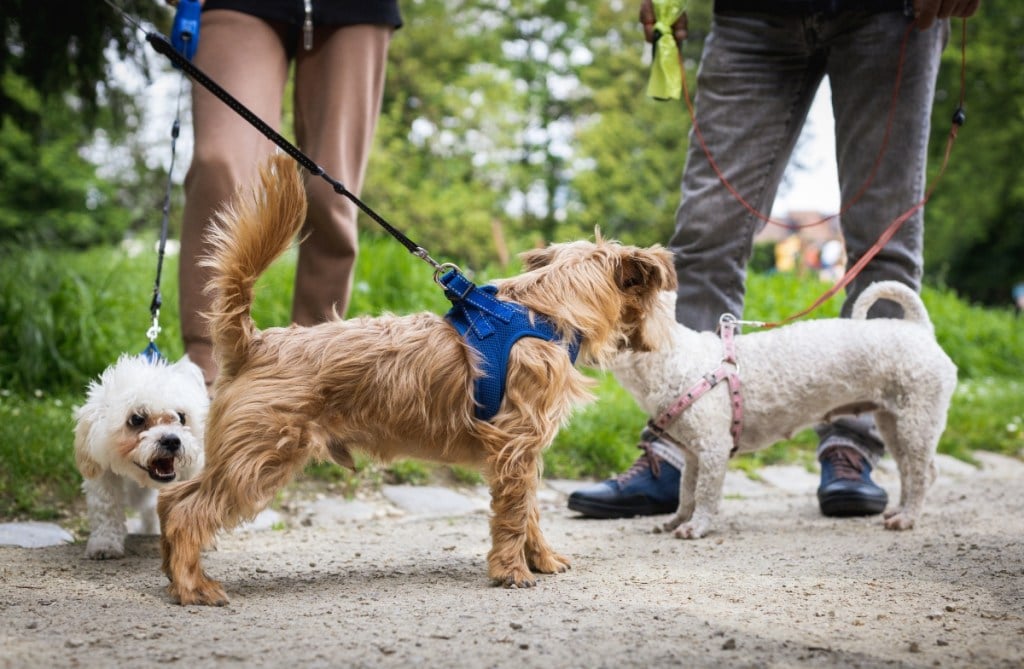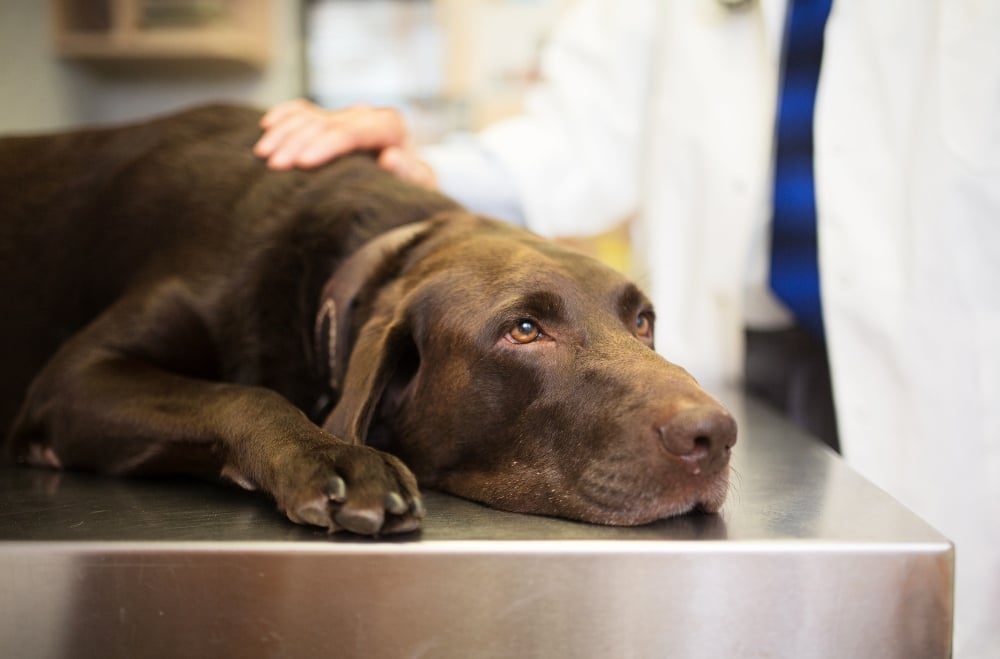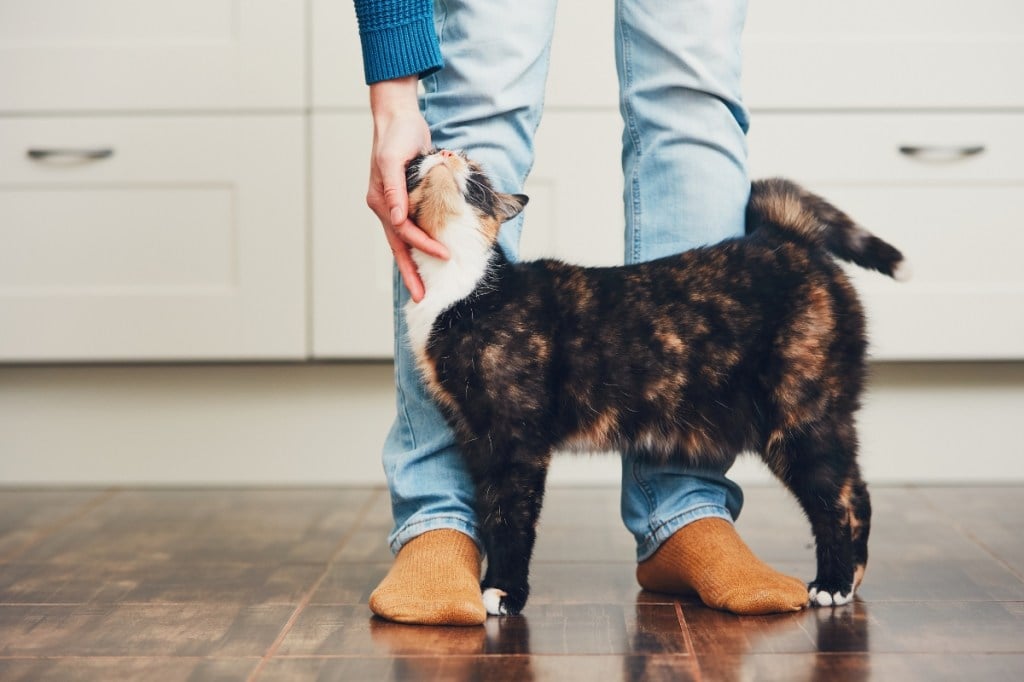Introduction to Miniature Schnauzer
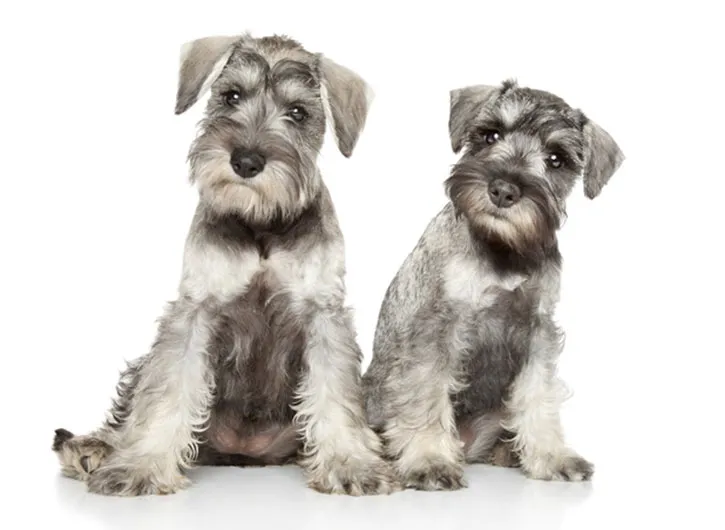
Miniature schnauzers are the smallest schnauzer breed and a popular choice among American families. These dogs are known for living long and healthy lives while also having outgoing personalities and not shedding very much. They’re small, but they’re sturdy and adaptable to many different environments. If you’re looking for a dog that is extroverted, affectionate, and intelligent, a miniature schnauzer might be the perfect dog for you.
Size of Miniature Schnauzers
Miniature schnauzers typically weigh between 11 and 20 pounds when fully grown and reach 12 to 14 inches in height at the shoulder. These are small dogs that usually reach their full size by around one year of age. They take a little longer than other small dogs to get to their full size, and males tend to be a bit larger overall than females. There is only a minimal size difference between male and female miniature schnauzers, however.
Here’s how big you can expect your miniature schnauzer to get.
| Weight Chart | 3 months | 6months | 12 months |
| Male and Female Miniature Schnauzers | 5 – 9 pounds | 9 – 16 pounds | 11 – 20 pounds |
Characteristics of Miniature Schnauzers
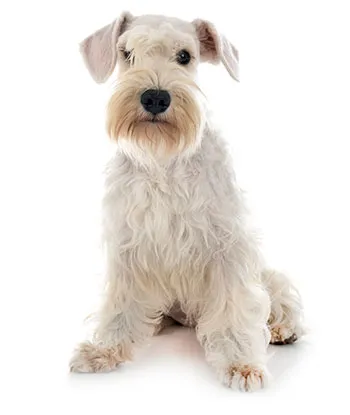
Miniature schnauzers are active little dogs that are bold and feisty. They are alert, loyal, and excellent companion dogs. These dogs are also known to be intelligent, friendly, and obedient to their owners. Their intelligence can lead to a dash of stubbornness, however. They generally get along well with kids and other dogs, and they’re tough without being aggressive. This is a perfect combination of traits for families who want a dog who loves to play, socialize, and even keep watch over the house. However, miniature schnauzers were historically bred to hunt small animals, so it’s still a good idea to keep an eye on them around other pets and young children.
As you get to know a miniature schnauzer’s personality, here’s what you can expect based on breed characteristics.
| Breed Characteristic | Level (High, Medium, Low) |
| Affectionate with People | High |
| Good with Kids | Medium |
| Good with Pets | Medium |
| Need for Exercise | Medium |
| Energy Level | Medium |
| Intelligence Level | High |
| Able to Be Trained | High |
| Amount of Barking | High |
| Amount of Shedding | Low |
Miniature schnauzers are tolerant of moderately cold and hot weather and of being left alone than many other dog breeds, although this can vary with the individual. They do well in apartments, houses with backyards, and even out on the farm. These dogs don’t drool very much, and they are generally healthy; however, they are prone to weight gain if they don’t get enough exercise or stick to a healthy diet.
History of Miniature Schnauzers
Standard schnauzers have a history that dates back to the 15th century and were often farm dogs. German farmers bred standard schnauzers down to a smaller size, which is how miniature schnauzers emerged and started specializing in keeping rodents out of barns.
Miniature schnauzers are members of the American Kennel Club’s Terrier Group of dogs, but unlike other terriers, these dogs do not have British roots.
Miniature schnauzers are related to standard schnauzers, affenpinschers, and poodles, which gives them a unique personality. Unlike these related breeds, miniature schnauzers are not overly independent. Rather, they are eager to please, very friendly, and obedient. Today, these dogs often win dog show competitions because of these character traits. The American Kennel Club has recognized American schnauzers as a breed since 1926. They are now the most popular of all three schnauzer breeds and have been companions of numerous celebrities, such as Bruce Lee and Mary Tyler Moore.
Miniature Schnauzer Standard Information
Miniature schnauzers have a unique appearance that involves black, black, and silver, or a salt and pepper coloration. Many people think they have a human-like expression because of their expressive eyebrows and bushy beards. They are charming little dogs that are easy to recognize and love once you get to know them. They’re active, alert, and resemble standard schnauzers to some extent, but in a smaller form.
Here is an overview of the breed standard information for miniature schnauzers.
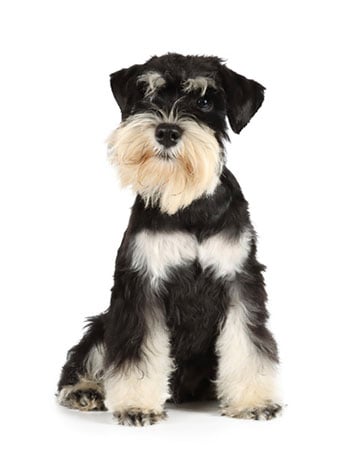
Head:
- Small, dark, and deep-set eyes
- Cropped or uncropped ears
- Strong and rectangular head
- Moderately blunt muzzle
Neck, Topline, Body:
- Strong and arched neck
- Short and deep body
- Sprung and deep ribs
- Straight backline that declines slightly
- High set and erect tail
Forequarters:
- Straight and parallel forelegs
- Sloping and muscular shoulders
- Short and round feet
Hindquarters:
- Muscular and slanting thighs
- Short and perpendicular rear pasterns
Coat:
- Double coat with hard and wiry outer coat
- Close covering on neck
- Thick but not silky furnishings
Color:
- Salt and pepper, black and silver, or solid black
- Uniform skin pigmentation with no white or pink skin patches
Gait:
- Trot gait is the type of movement judged
- Forelegs have good reach while hind legs have a strong drive
- No side-gaiting or paddling in front
Caring for Miniature Schnauzers
No matter what type of home you live in, chances are that a miniature schnauzer will be able to adapt to it and love it as much as you do. They do well in small and large spaces; however, they tend to bark, which is good to know if you have close neighbors. Yet, you can train these dogs not to bark excessively because they are intelligent and eager to please.
Miniature schnauzers require frequent grooming, but they aren’t overly high-maintenance dogs because of their low shedding and easy-going personalities. Here are some general tips for taking the best care of a miniature schnauzer.
Best Living Environments:
- Apartments, houses, or farms can all work well
- Lots of attention from family members
- Not left alone too often
- Moderate weather conditions
Type of Exercise:
- Long walks on a leash in the neighborhood
- Walks and opportunities to run several times per day
- Games of fetch in a backyard
- Dog parks with other small dogs for playtime
- Keep fenced due to strong prey drive
Mental Enrichment:
- Playtime with other dogs
- Walks around the park to sniff and observe
- Being surrounded by friends and family
- Food dispensing toys when left alone
Training Strategies:
- Keep training fun and interesting
- Dogs will get bored with too much repetition
- Try puppy training classes and canine sports
- Socialize dogs from an early age
- Agility training exercises for an extra challenge
Grooming Tips:
- Brush and comb frequently due to the double coat
- The coat can be trimmed with clippers or stripped by hand
- Bathe about once per month
- Trim nails once per month
- Check ears for wax build-up and dirt each week
- Brush teeth daily
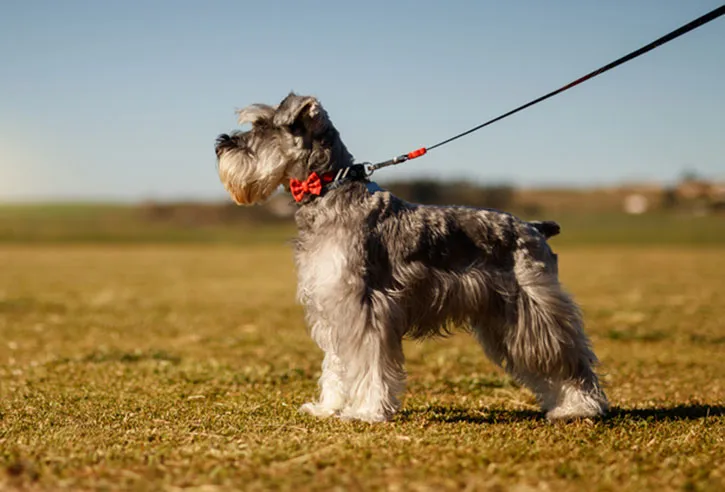
Common Health Problems of Miniature Schnauzers
The average life expectancy of a miniature schnauzer is between 12 and 15 years, which is longer than many other dog breeds. These tend to be healthy dogs that will live a long and healthy life if you take great care of them and plan for unforeseen issues with pet insurance. The Orthopedic Foundation for Animals and the National Breed Club advise that miniature schnauzers have an eye examination and a cardiac evaluation before being bred. Other health screening tests are also recommended but considered optional.
These are some of the health issues that tend to arise in miniature schnauzers.
- Urolithiasis
- Hyperlipidemia
- Pancreatitis
- Liver shunts
- Urinary stones
- Schnauzer comedo syndrome
- Myotonia congenita
- Allergies
- Cataracts
- Retinal dysplasia
- Mycobacterium avian complex
Diet and Nutrition for Miniature Schnauzers
Most adult miniature schnauzers will thrive when eating a high-quality, nutritionally complete, and balanced dog food. Puppies should eat puppy food until they are 10-12 months old. If you feed your miniature schnauzer homemade dog food, make sure you are using a recipe designed by a veterinary nutritionist and appropriate for your dog’s age and health status.
Feed the amount of dog food needed to keep your pet slim. You should be able to see your miniature schnauzer’s waist and feel (but not see) their ribs without having to press too hard. In general, puppies need more calories per day than do adults, but a dog’s needs will vary with their activity level and other factors. Canine obesity is an issue for many pets and can shorten the lifespan of an otherwise healthy miniature schnauzer.
Don’t leave food out all day for a miniature schnauzer to graze on. Divide the total amount of food for the day into at least two meals for adults and three to four meals for puppies. Place the food out at approximately the same time in the morning and evening each day.
Talk to your veterinarian if you have any questions about your miniature schnauzer’s diet or health.
Where to Adopt or Purchase Miniature Schnauzers
The American Kennel Club Marketplace is a reputable source for miniature schnauzer puppies people have bred following AKC rules and regulations. This site lists puppies for sale based on age and location. The American Miniature Schnauzer Club is an organization that advocates for rescuing purebred miniature schnauzers. There are regional clubs that may be in your area to get in touch with if this is of interest to you.
Meanwhile, PetFinder is an online resource for finding miniature schnauzers up for adoption near you. AdoptAPet.com also offers a search tool to find adoptable miniature schnauzers based on your location and the sex and age of the dog that you are looking for.
Related Breeds
If a miniature schnauzer sounds like a great dog for you, but you’re still not 100% certain, you might be interested to learn more about some related breeds as well.
Here are some breeds to explore:
- Giant schnauzer
- Kerry blue terrier
- Brussels griffon
- Irish terrier
- Smooth fox terrier
- Wire fox terrier
Pet Insurance for Miniature Schnauzers
Miniature schnauzers, like all dogs, need your love and care to live their very best lives. One way you can do this is to choose a top-rated pet insurance plan for the miniature schnauzer in your life. At Healthy Paws Pet Insurance, we’ll give you a fast, and no-obligation quote to see what pet insurance will cost you. It’s the best way to plan for accidents, injuries, genetic conditions, emergency care, and even alternative care your pup might need soon or in a few years.
Tell us a bit about your miniature schnauzer, and we’ll find the right coverage just for them. We look forward to learning more about your furry friend.
